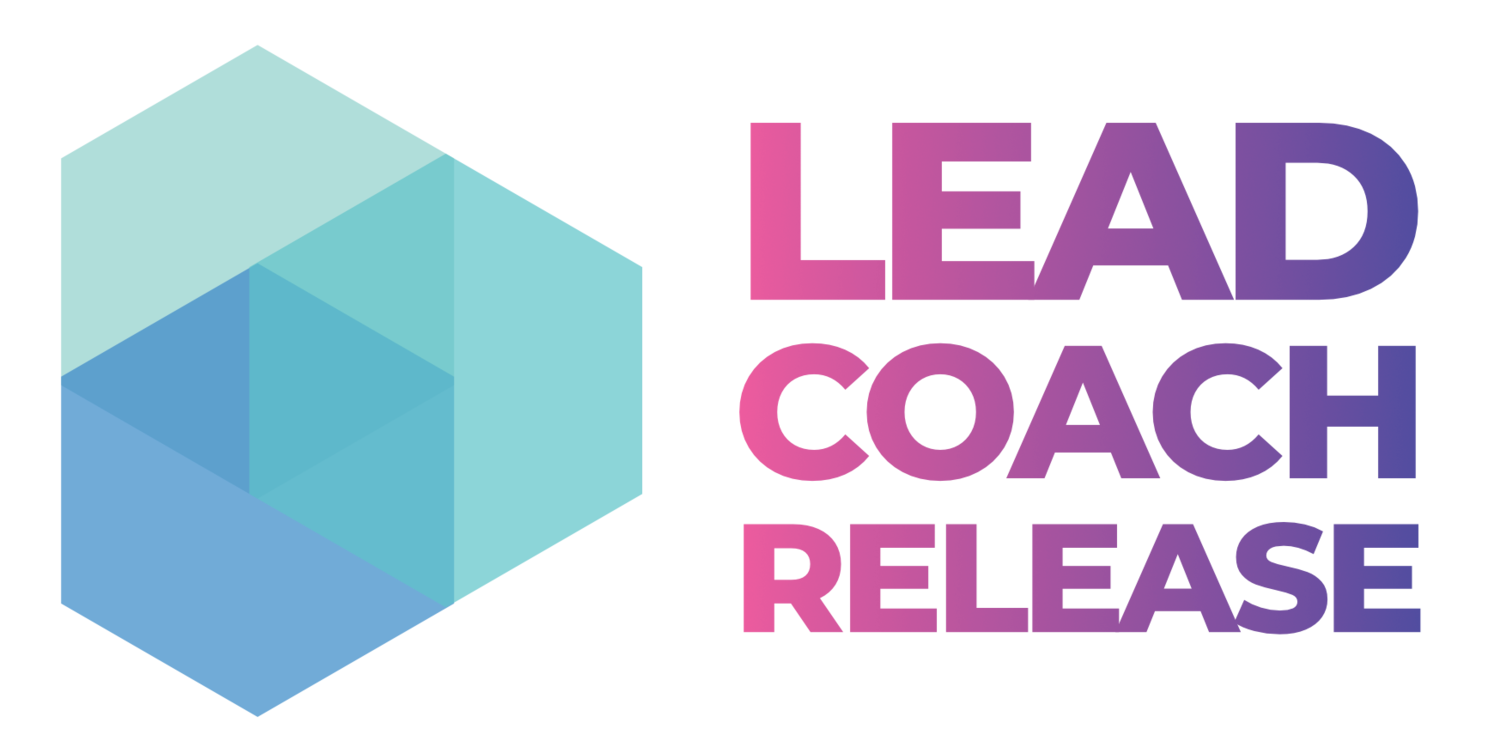Embracing Change as Normal: The Danger of Remaining Static in a Dynamic World
The Business World is obsessed with change.
Change managers. Change frameworks. Books on change. Did you know Amazon holds over 50,000 "business change" book titles?
It is simply staggering how much we focus on change.
We spend an incredible amount of time avoiding change too.
Static stability is often the name of the game. Managers spend hours conversing with team members to reassure them that change initiatives won't be too disruptive and that everything will be okay.
But the reality is-we love change.
As human beings, we love change. A bigger house. A new car. Lunch. When we go from hungry to YUM—we love it. We willingly drive or fly around the world for "a change of scenery."
Let's be honest; we only love a change WE control.
When other people have their hands on the wheels of disruption and adjustment, we feel incredibly uncomfortable. Hans Finzel, author of The Top Ten Mistakes Leaders Make, says,
"People would prefer the certainty of misery, than the misery of uncertainty."
What if we could rethink and reframe our love-hate relationship with change instead?
What would embracing change as the secret to long-term success look like?
Here are five essential elements to embracing change as normal:
The Illusion of Stability: The Quicksand Trap
Imagine building a sturdy sandcastle on the beach, believing it'll stand forever. That's how static organizations view stability. They cling tightly to established processes, strategies, and structures, thinking they've found the secret formula. But here's the catch: disruptive market forces and unforeseen challenges can come crashing down, leaving these organizations sinking in quicksand. True stability lies in adaptability and resilience, not in stubbornly preserving the status quo.
How might you (or your team) be buying into the Illusion of Stability?
The Rising Tide of Disruption: Intentional Interruption
We're in an era where emerging technologies like artificial intelligence, blockchain, and the Internet of Things are reshaping industries faster than you can say "whoa." Businesses need to recognize the power of these innovations or risk getting left in the dust. To avoid being yesterday's news, organizations must monitor market trends, invest in research and development, and create a culture that thrives on innovation.
What is one new technology or a new approach to technology you're intentionally exploring this year?
Customer-Centricity and Changing Expectations: The Customer is King and Queen.
Customers today know what they want, and they wanted it yesterday. They crave personalized experiences, instant gratification, and businesses that care about more than just profits. Static organizations that ignore changing customer expectations are skating on thin ice. To stay competitive, businesses must adapt their products, services, and customer experiences to meet and exceed the ever-evolving demands of their customer base.
What did our customers want five years ago? And now? And in three years, what do we think they will be looking for?
The Flexible Advantage: Like a Ninja, Only Better
In a world where everything moves at lightning speed, being nimble is the name of the game. Static organizations are like statues stuck in time, while flexible companies are like nimble ninjas, ready to strike immediately. Flexibility means being open to experimentation, embracing failure as a stepping stone to success, and being quick to pivot when needed. By fostering a culture of continuous improvement and empowering employees to contribute their ideas, businesses can unlock their inner ninja and stay ahead in a changing world.
Who is currently pivoting products, services, or information within your organization? And how? How can you support experimentation more intentionally?
Unlocking Innovation Potential: Out with the Old, In with the Bold
Imagine an organization that clings tightly to outdated practices, hierarchies, and risk-averse thinking. It's like trying to swim upstream while everyone else rides the innovation wave downstream. Innovation is the rocket fuel that propels businesses forward, driving growth and success. To unlock that potential, organizations must embrace change, encourage creativity, and create an environment where diverse ideas can flourish. Break free from the chains of static thinking and unleash the power of innovation!
What unintentionally ages you, your team, or your organization?
---------------------------------


